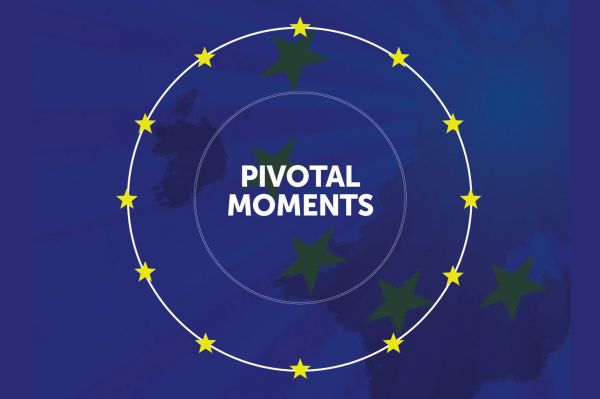Catching a glimpse

1972
Ireland signs the Treaty of Accession to the join the EEC in January
Referendum in May – 70.3% turnout with 83.09% voting in favour of joining
Ireland is on course to join the Common Market, and be part of the Common Agricultural Policy (CAP) which was established 10 years earlier
1973
Ireland officially joins the EEC on January 1
1984
First major CAP reform – introduction of quotas on milk production, significantly impacting our dairy sector
1992
Second major CAP reform – MacSharry reforms – saw a shift from commodity price supports to direct payments to sustain farm incomes
Environmental measures under CAP were also introduced
‘Agenda 2000’ programme led to the creation of a second pillar of the CAP, which would be dedicated to rural development
2003
Luxembourg CAP reform introduced ‘decoupling’ – the single farm payment – with the fundamental aim of reducing the link between direct payments and production
2008
‘Health Check’ of CAP, which agreed on the abolition of milk quotas to to be introduced in 2015
2013
Irish Presidency Reform aimed to promote competitiveness, sustainable practices, innovation, growth of rural areas and to better link financial resources to the productive use of land
It also aimed to respond to new concerns such as climate change, animal welfare, food safety and the sustainable use of natural resources
2015
Milk quotas are abolished
Common Fisheries Policy reform – the EU adopted a €239m investment package for the Irish fisheries and aquaculture sectors for six years from 2014 to 2020
2023-2027
New CAP – seeks to enhance the contribution of agriculture to EU environmental and climate goals, provide greater redistribution, more targeted support to smaller farms
Member States given greater flexibility than before to adapt measures to local conditions




